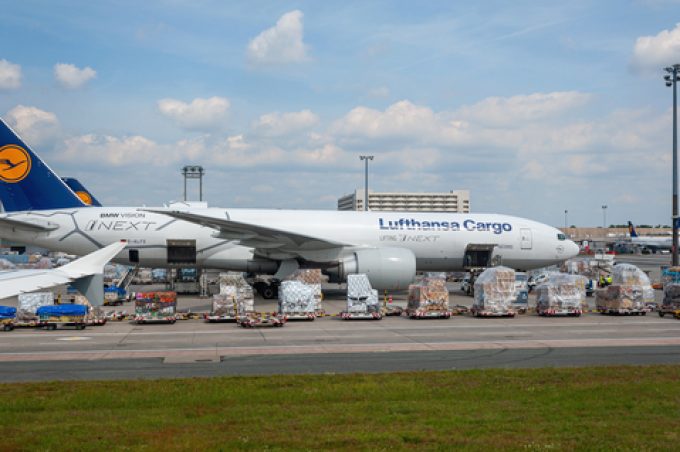Business case for commercial use of the Beluga 'was not there', says Airbus
Airbus has taken the “reluctant” decision to axe the commercialisation of its heavylift Beluga aircraft, ...

The Mexican government has officially set the clock ticking for freighter operators to exit the nation’s main gateway.
They will have to move operations from Benito Juarez International (MEX), the main airport serving Mexico City.
The plan was revealed in late December and triggered protests from carriers as well as IATA, saying the designated alternative airport, Felipe Angeles (AIFA), was lacking adequate infrastructure and certification.
Several carriers, including Cargolux and Qatar Airways, did not express outright opposition to the move, but asked for a ...
Maersk u-turn as port congestion increases across Northern Europe
Apple logistics chief Gal Dayan quits to join forwarding group
Maersk Air Cargo sees volumes fall as it aims for 'margin in favour of revenue'
Airlines slash freighter capacity post-de minimis, but 'the worst is yet to come'
Houthis tell Trump they will end attacks on Red Sea shipping
Transpac rates hold firm as capacity is diverted to Asia-Europe lanes
MSC revamps east-west network as alliance strategies on blanking vary
India-Pakistan 'tit-for-tat' cargo ban sparks sudden supply chain shocks

Comment on this article